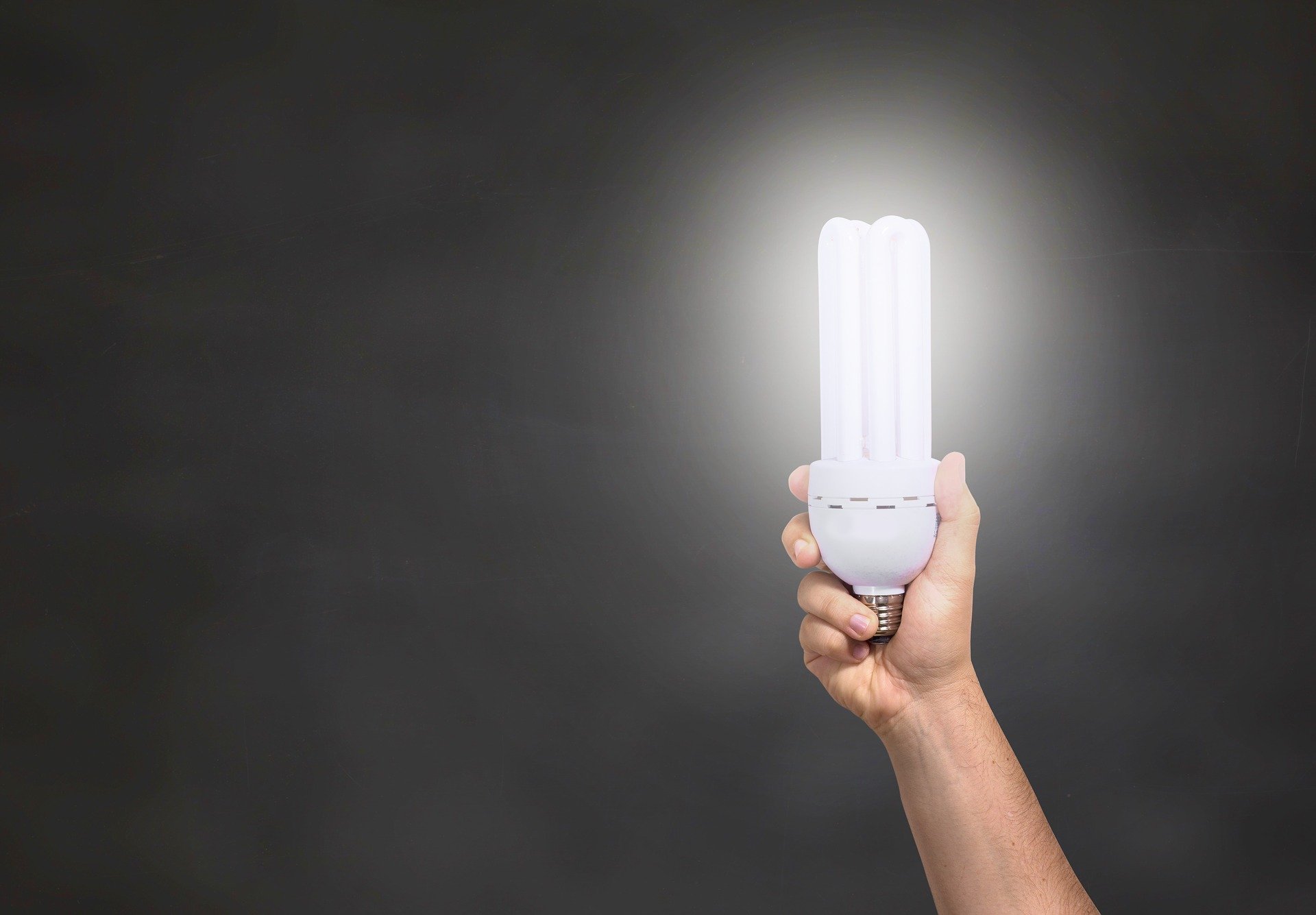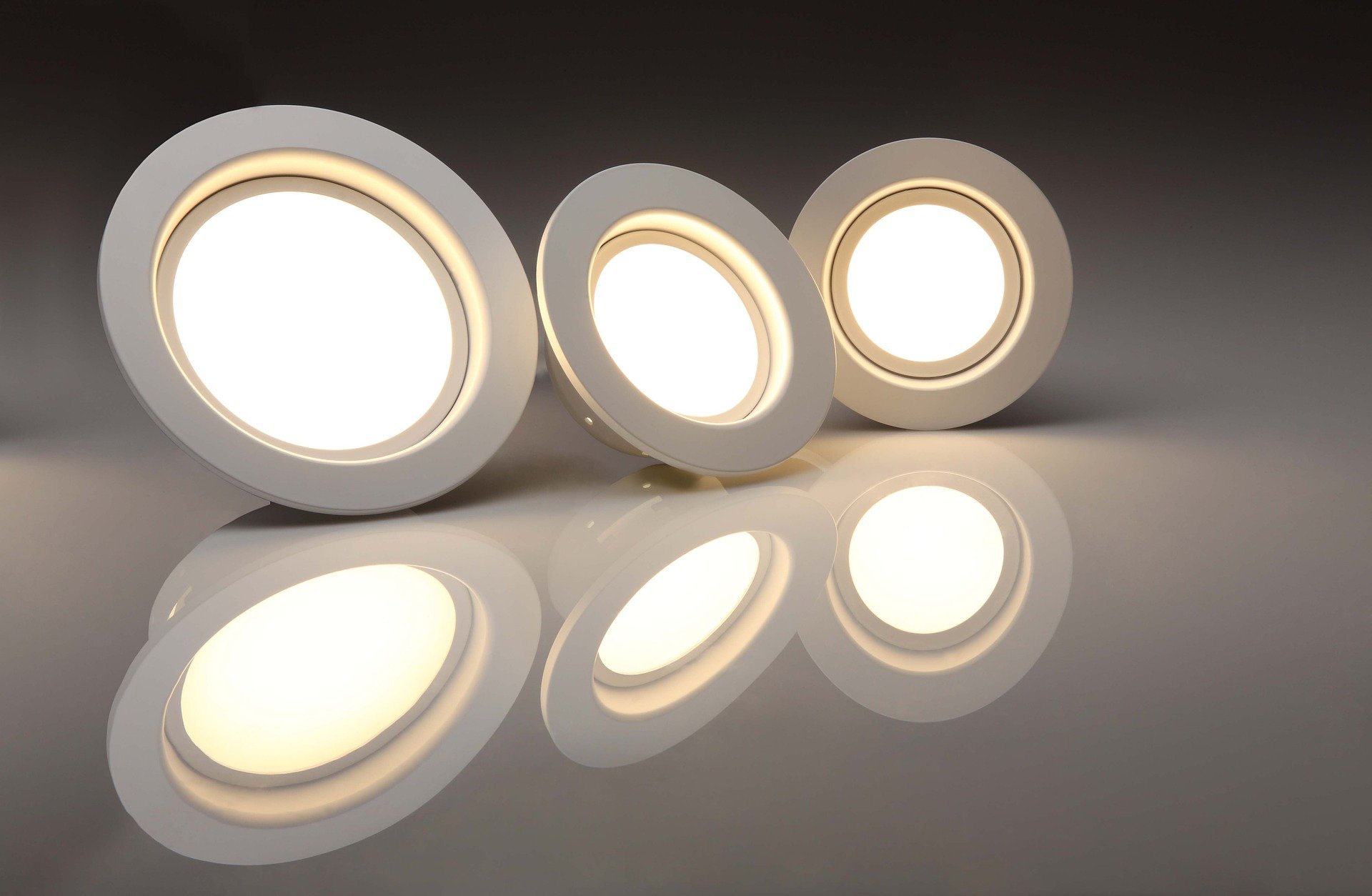What You Should Know About Optoelectronics
Optoelectronics is a branch of electronics that is specifically concentrated on light-emitting or light-detecting devices. The former leverages voltage and current to produce electromagnetic radiation, particularly for purposes of illumination. On the other hand, the latter is designed to convert the electromagnetic energy they receive into current or voltage, primarily for light sensing or communication. Apart from this though, read on because this article tackles some more things that you should know about optoelectronics.

Types of Optoelectronic Devices
● Light Emitting Diodes
One of the most common types of optoelectronic devices is a light-emitting diode (LED). You may even have an LED light strip in your home without being aware that this is an optoelectronic device. Most homeowners opt to use LEDs because they tend to consume less power while producing less heat. Plus, they even last longer than incandescent lamps.
● Photo Diode
Another type of optoelectronic device is a photodiode, which is a semiconductor light sensor that produces current or voltage as it receives light in its junction. A photodiode can be used as a solar cell but when it is forward biased, it can act as an LED too. On the other hand, it can also act as a photodetector if it is reversed biased.
● Optical Fiber
Optical fibers are also considered optoelectronic devices which are often used in telecommunications, sensors, fiber lasers, and biomedical applications to name a few. These cables have higher bandwidth and boast less signal degradation which is why they are preferred over other types of cable structures. Because of their flexibility and cost-effectiveness, they are great for mechanical imaging systems too.
Key Benefits and Drawbacks
Optoelectronics paved the way for a new outlook when it comes to designing satellite systems. They are also utilized to acquire a higher bandwidth for communication purposes. Most of the optoelectronic devices also consume less power while being cost-effective at the same time. Because of optoelectronic devices, the military, as well as the aerospace industry have benefited significantly, particularly because of the emergence of optical repeaters and fiber optic networks.
Perhaps the main drawback of optoelectronic devices is that they are temperature sensitive. They also entail the need for precise alignment for coupling, which can prove to be quite challenging. Integrating optoelectronic devices on a substrate is also usually equally difficult.
The Difference of Optoelectronics, Electro-optics, and Photonics
Optoelectronics responds to optical power and utilizes optical radiation for its internal operation. On the other hand, electro-optics leverages electrical fields to generate or control optical radiation. Finally, photonics generates or harnesses light. While each of these technologies manipulates light, there is a significant difference in how each process the input it receives to produce the required output.

Optoelectronics has various applications that prove to be beneficial in different industries. Even your home can benefit from the use of optoelectronic devices. Apart from the types and applications of optoelectronic devices though, you should also familiarize yourself with the key benefits and drawbacks of optoelectronics to ensure that you will be able to maximize their use according to your advantage.
Recent Comments